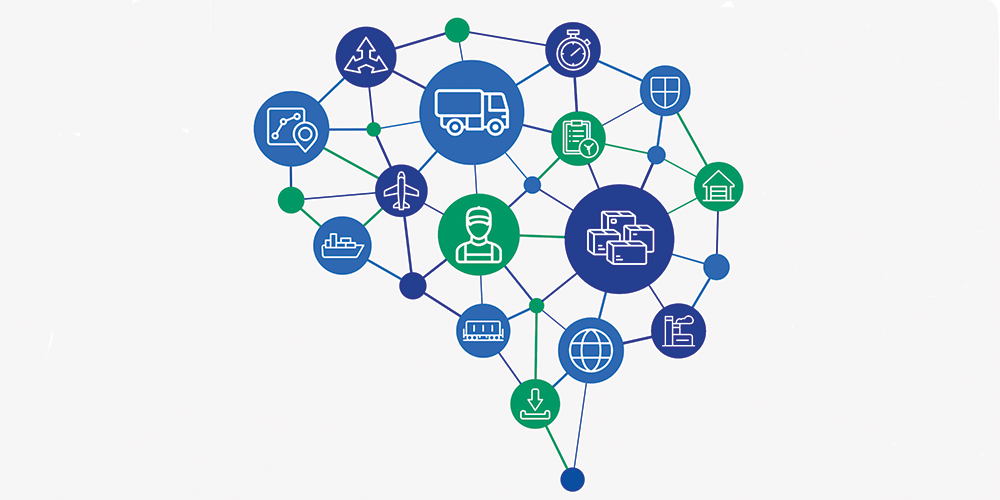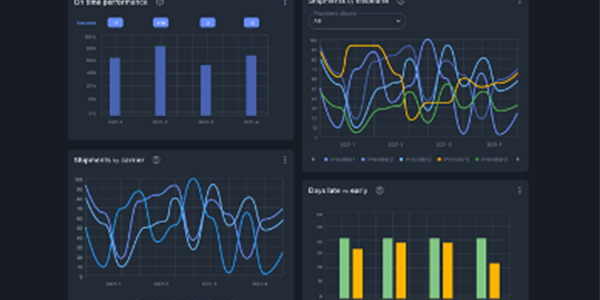Enter your shipment number.
The Differences Between 3PL and 4PL
It can be difficult to understand the intricacies between 3PL and 4PL. Don’t worry, we’re here to help.
17 March 2023
What is a 3PL?
It’s essential to understand the role of a traditional 3PL (third party logistics) service provider first. Typically, a 3PL acts as an intermediary between your business and the carriers delivering products to customers. They offer various logistics services for companies that need to move and store goods, such as freight transportation, order fulfillment, or warehousing. Many companies that utilize a 3PL also manage their own facilities where the seller’s inventory is stored and fulfilled.
3PL vs. 4PL
A customer contracts a 3PL for logistics services (transportation, storage, etc.), whereas a 4PL manages logistics processes and contracted parties on behalf of the customer, using preexisting contracts the customer has already negotiated. 4PLs leverage emerging technology platforms to organize and orchestrate supply chain resources, giving shippers enhanced control, improved shipment visibility, and better data to make informed decisions.
Key Differences Between 3PL & 4PL
4PL logistics providers, also known as lead logistics providers (LLP), are logistics management service providers with more accountability and control. They assume much broader responsibilities in supporting customers’ integrated transportation management and strategic goals.
4PL companies do not own the physical assets (ships, trucks, etc.) needed to move products through the supply chain; rather, they manage logistics on clients’ behalf. Regional control towers direct the flow of goods in several ways:
- Ordering transportation
- Monitoring deliveries
- Providing real-time data
- Reporting performance statistics
4PL partners work closely with clients to provide integrated transportation management, identifying their unique needs and providing optimized solutions to address them. While doing so, a 4PL can also support clients’ freight procurement or source other logistics service providers.
- For example, the logistics partner may outsource the management of physical goods to one or several third party logistics providers while still offering the client shipment visibility and contingency planning during the product journey.
3PL Model
The manufacturer oversees its own operations but relies on the logistics service provider for warehousing, distribution, shipping, and packaging.
4PL Model
The manufacturer partners with a 4PL to orchestrate all supply chain processes: freight forwarding, logistics strategies, digital integrations, supplier coordination, carrier optimization, distribution, and management of inbound/outbound logistics, among many other examples.
The 4PL model gives your business the ability to review different incumbent providers across multiple modes of transport while also gaining visibility for all relevant shipment data. A 4PL serves as a trusted, neutral advisor, and customers often rely upon their insights to meet established business goals.
4PL services may also include the implementation of digital technologies to augment shipment tracking and business planning. Enhanced digitization allows companies to address gaps between the supply chain’s planning stages, execution processes, and employed technologies. As a result, businesses become more efficient, interconnected, and responsive to pressing demands. Over time the 4PL model creates an easily accessible single source of truth.
Is a 4PL right for you?
Ask yourself these questions:
- How important is access to real-time shipment data?
- Would you benefit from having all shipment data available on one platform?
- Is a lack of reliable data or network visibility impacting your supply chain performance?
- Is your organization challenged with the complexity of managing multiple carriers and/or freight forwarders at the same time?
- Is sustainability and/or carbon reporting a priority?
- What are the terms of the shipper’s service level agreements and related key performance indicators (KPIs)?



